Color recognition Worksheets for 6-Year-Olds - Page 3
97 filtered results
-
From - To
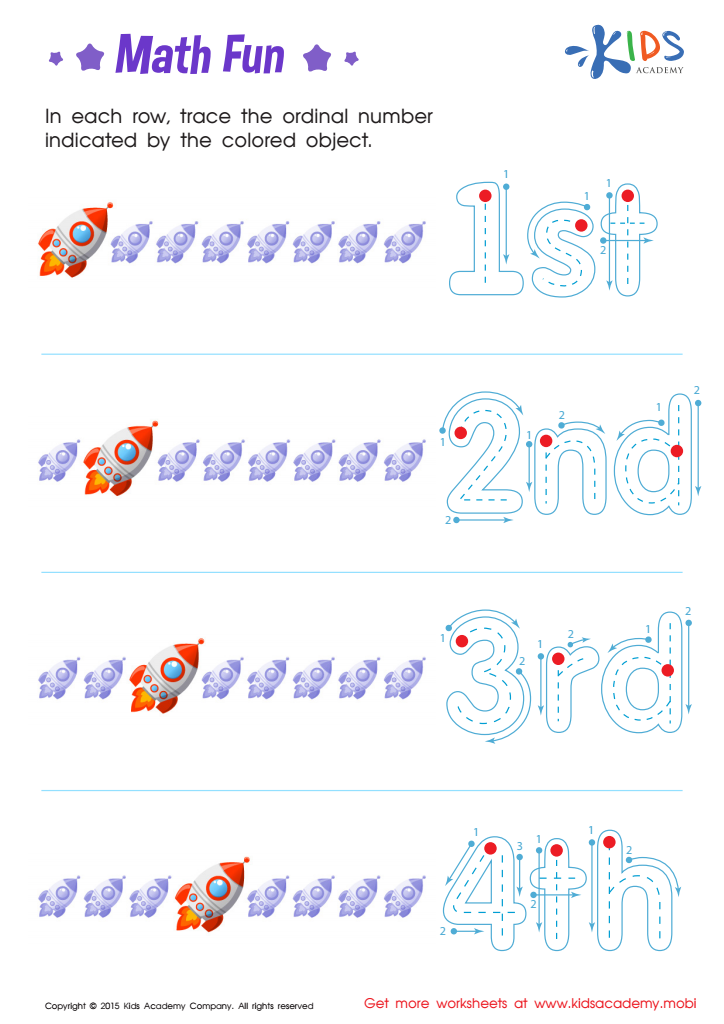

Ordinal Numbers: Math Fun Worksheet
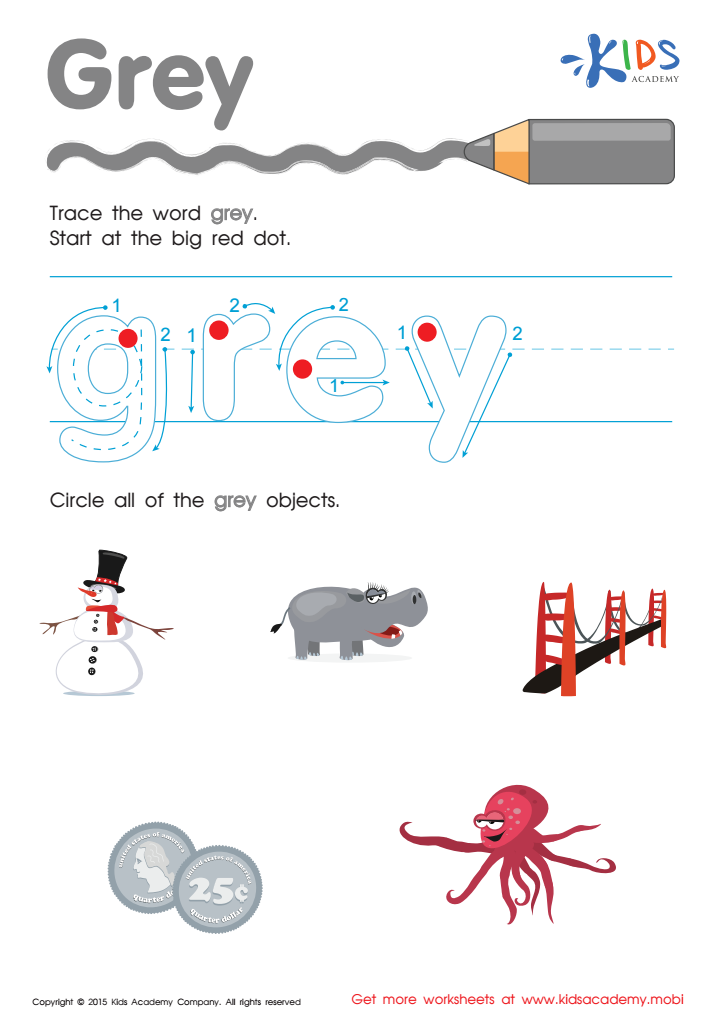

Grey Tracing Color Words Worksheet
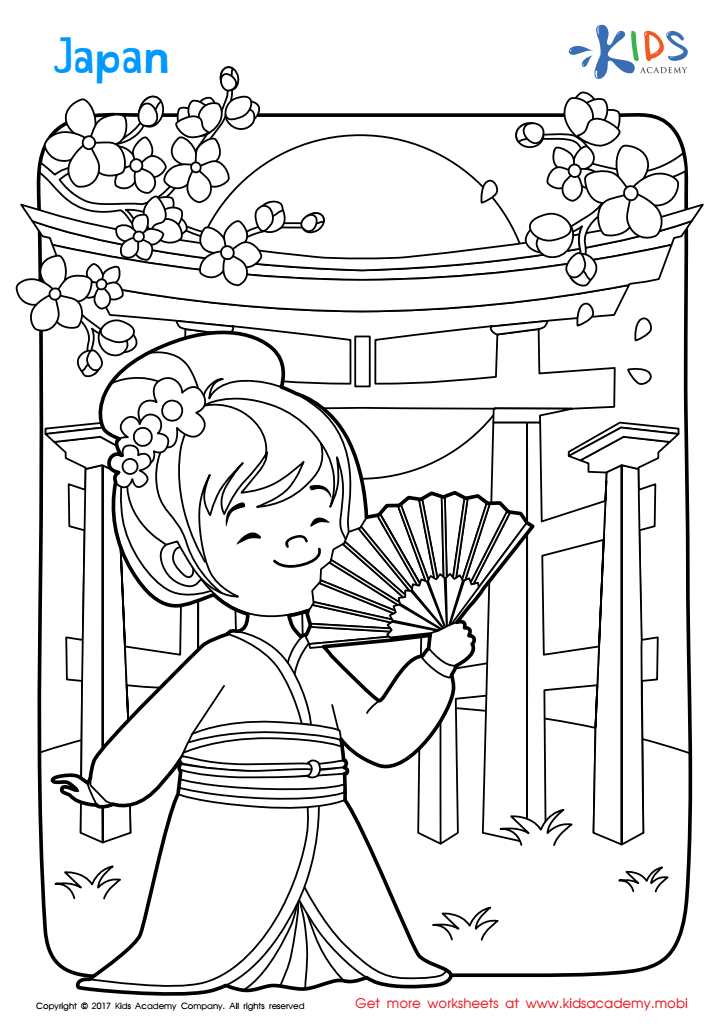

Japan Printable
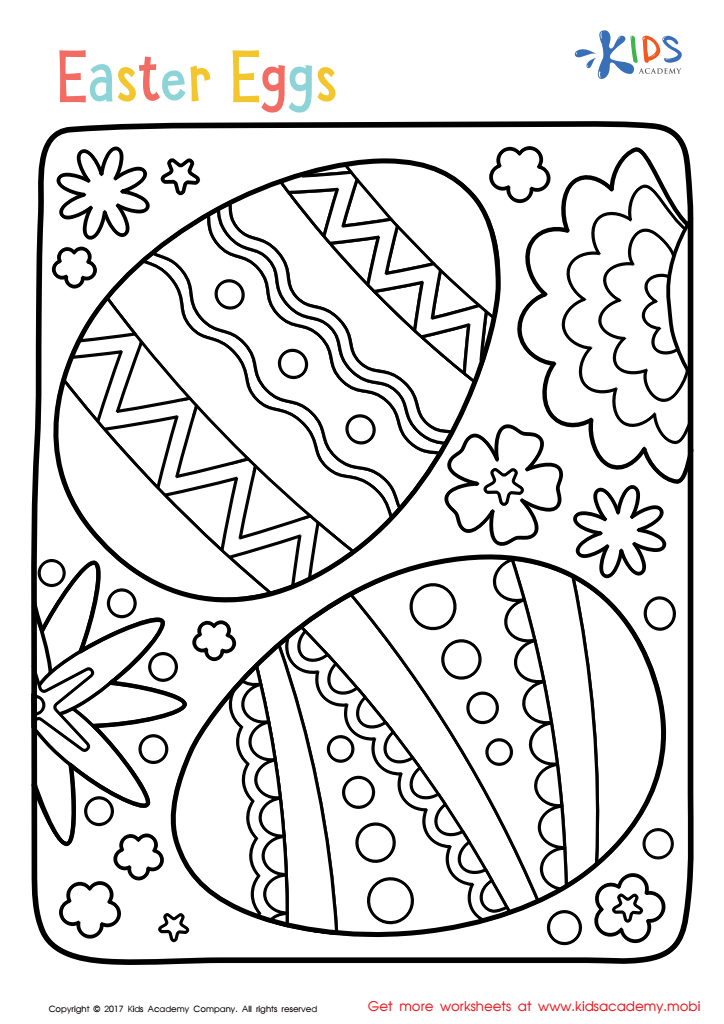

Easter: Easter Eggs Worksheet
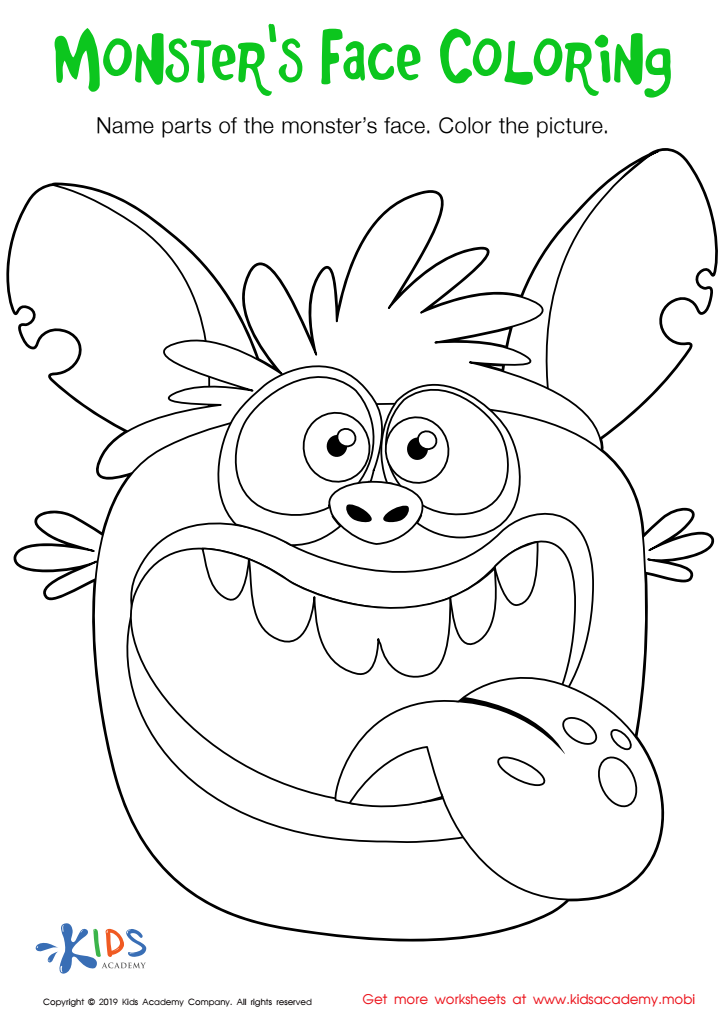

Monster's Face Coloring Worksheet
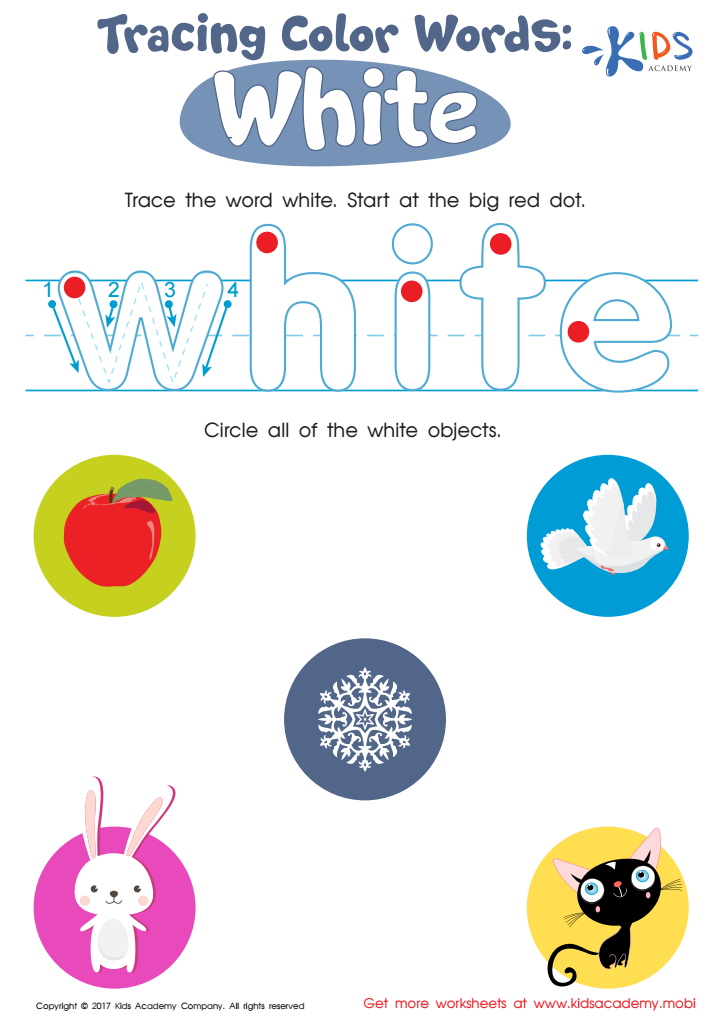

White Tracing Color Words Worksheet
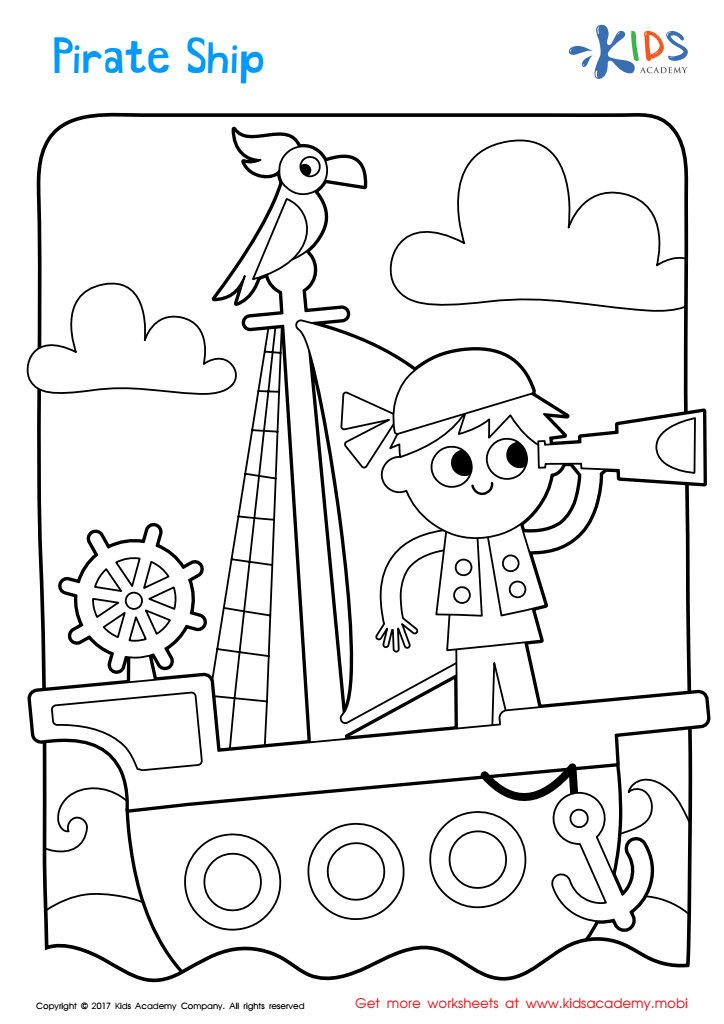

Pirate Ship Coloring Page
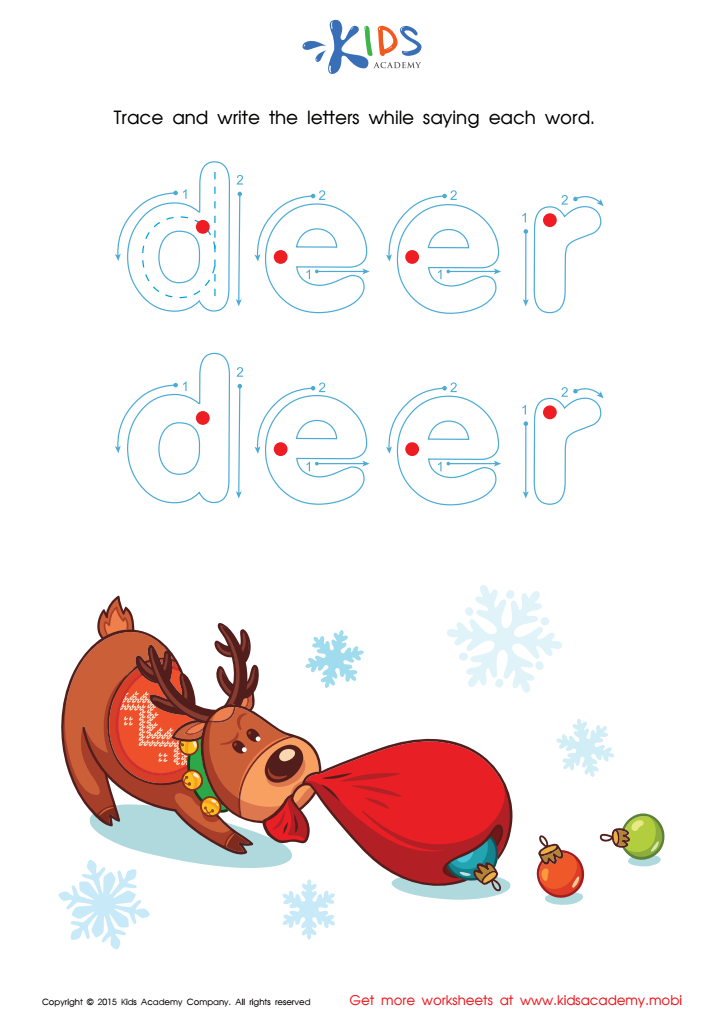

Deer Tracing Winter Words Worksheet
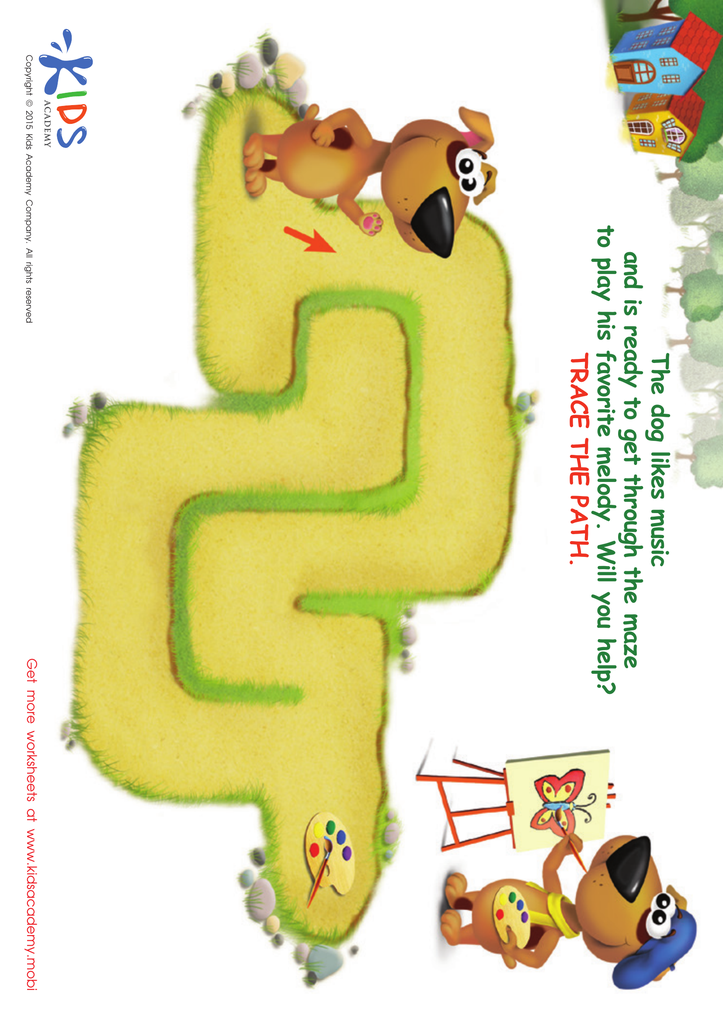

Artist Maze Worksheet
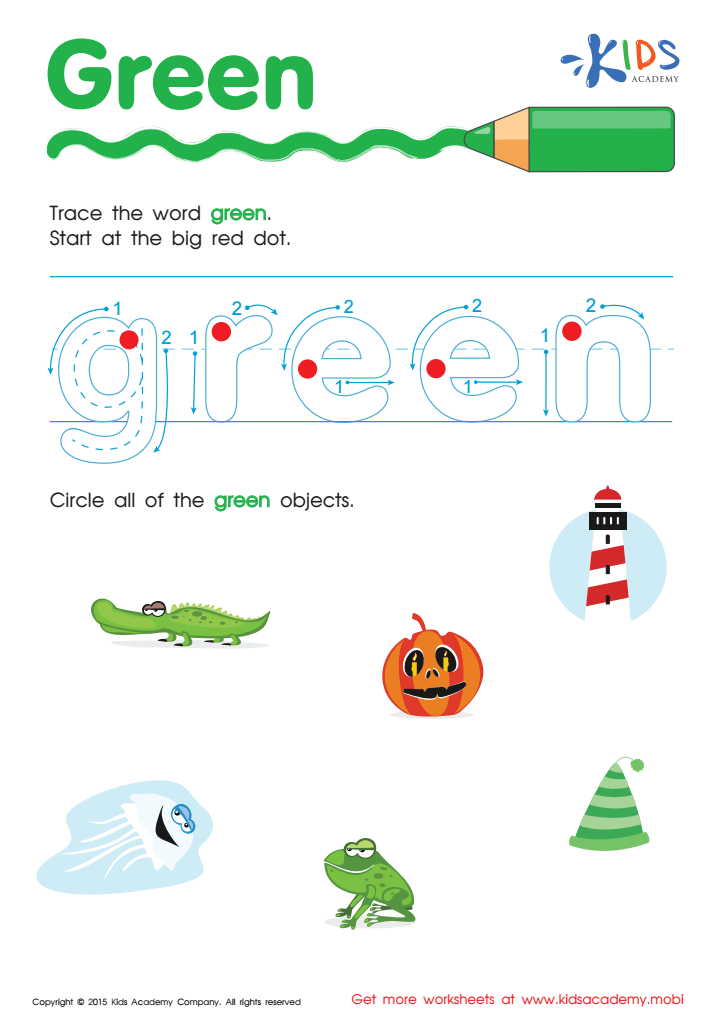

Green Tracing Color Words Worksheet


Tired and Worried Words Coloring Worksheet
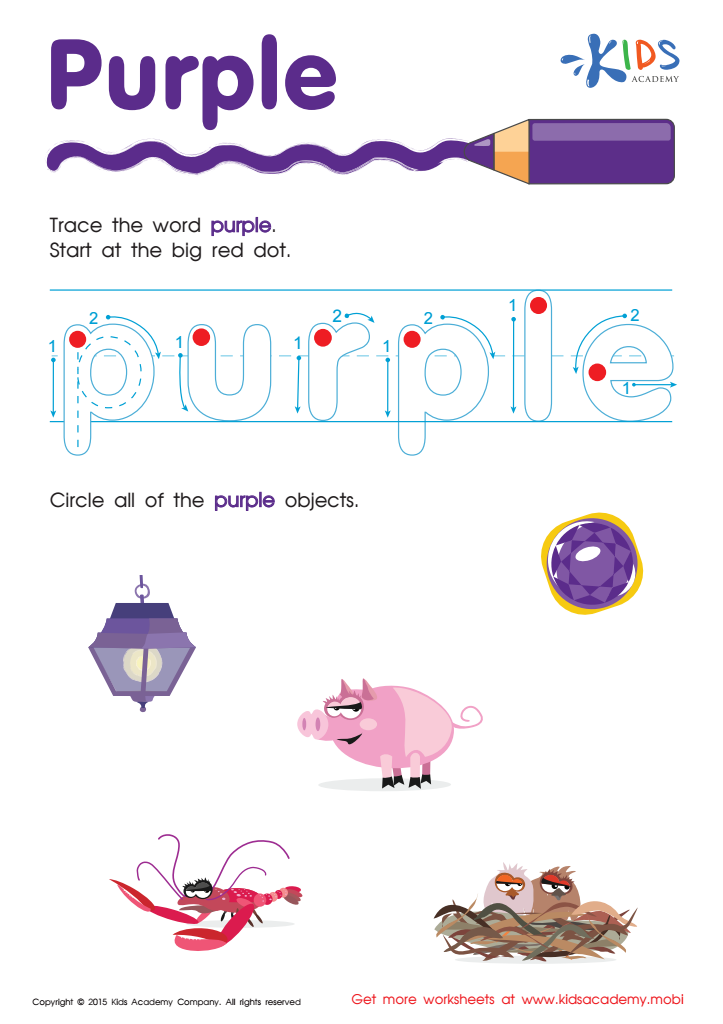

Purple Tracing Color Words Worksheet


Santa Claus Tracing Winter Words Worksheet
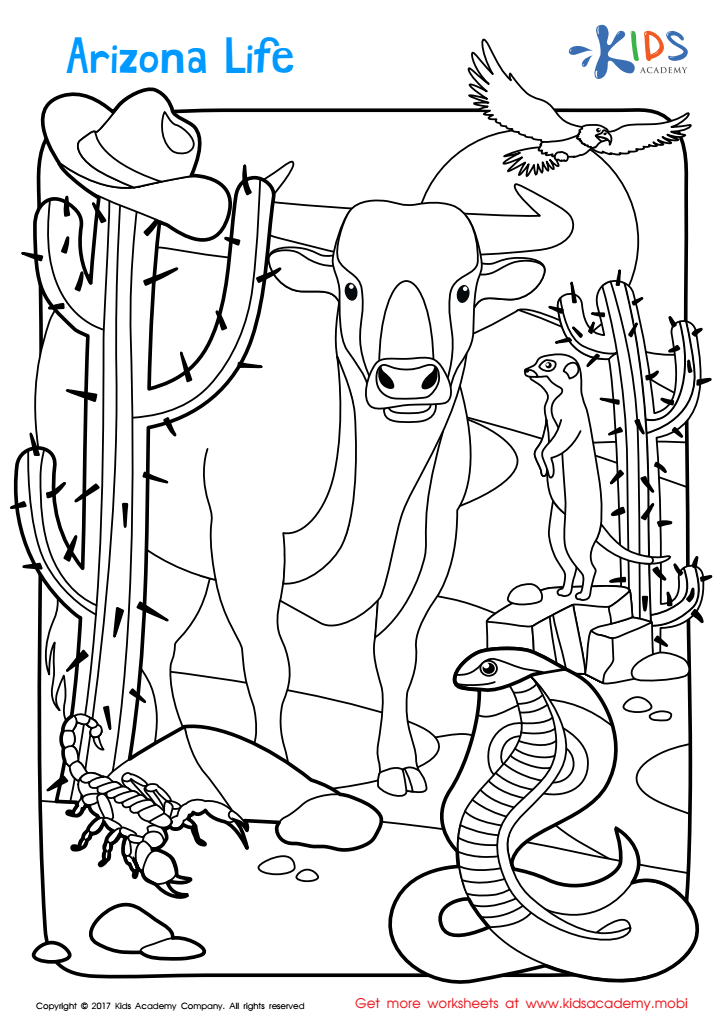

Arizona Coloring Page Worksheet
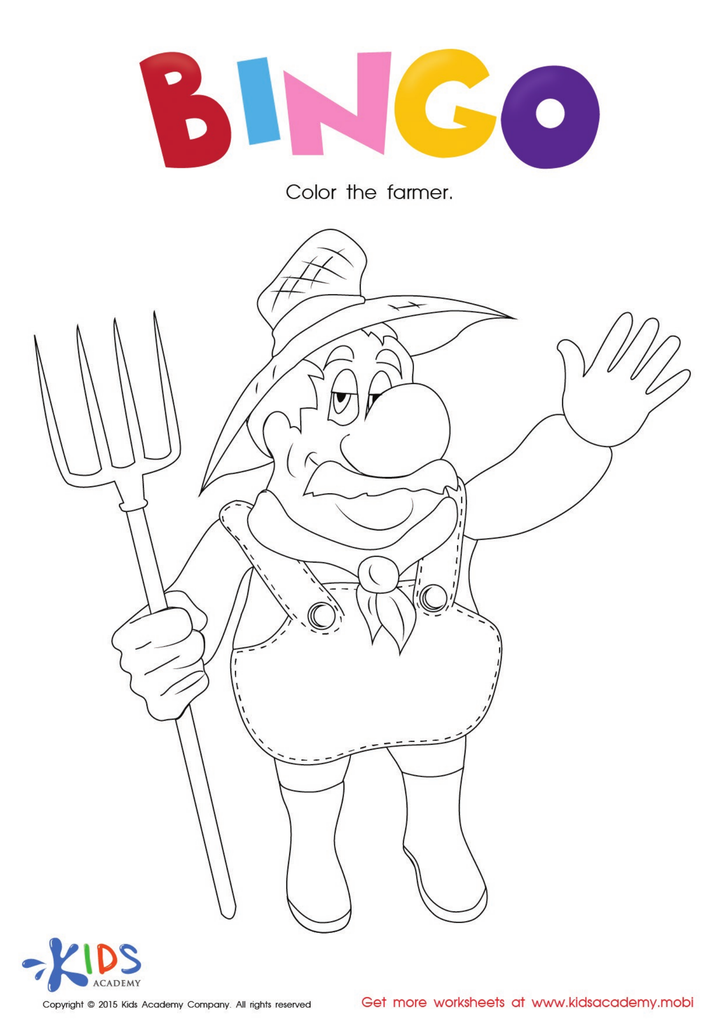

The Bingo Song: Coloring The Farmer Worksheet
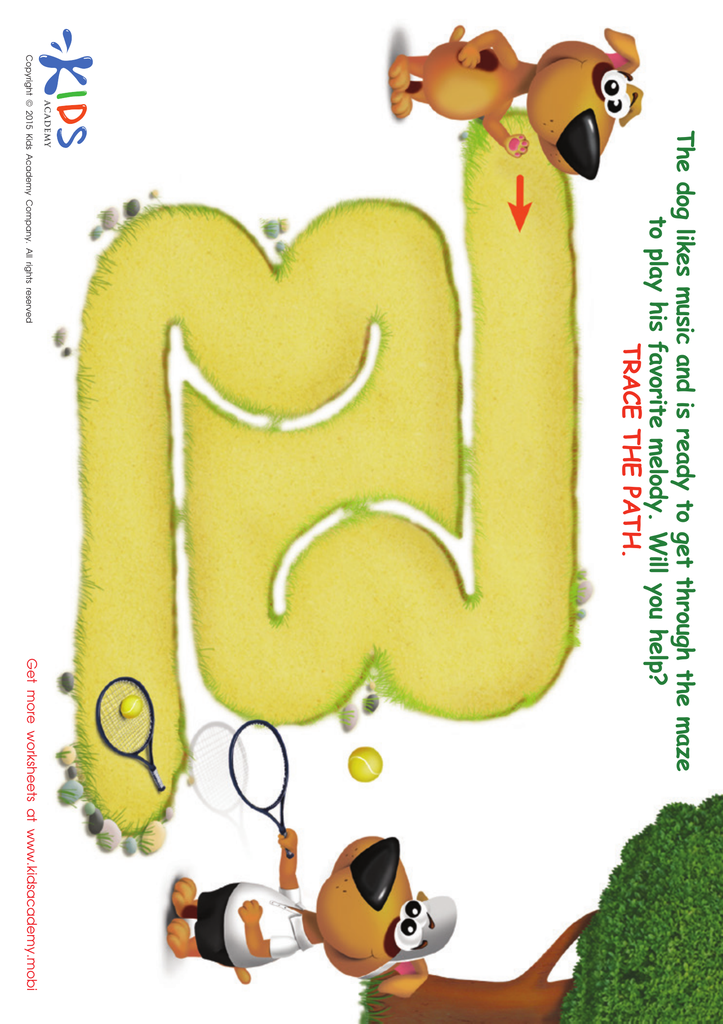

Tennis Player Maze Worksheet
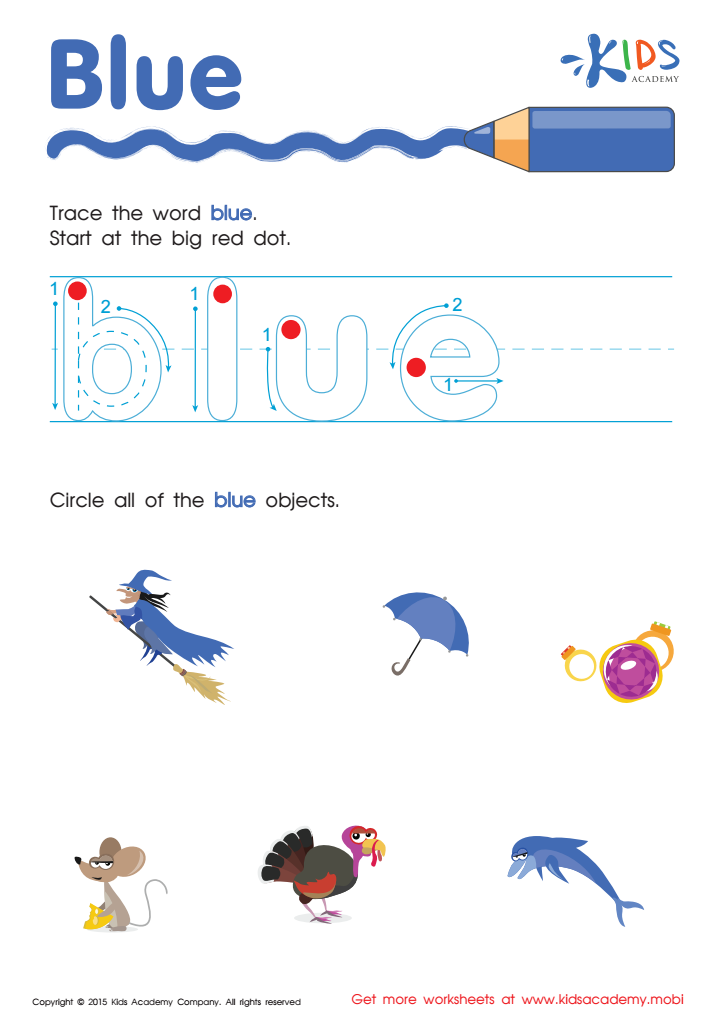

Blue Tracing Color Words Printable


Turkey Thanksgiving Day Worksheet
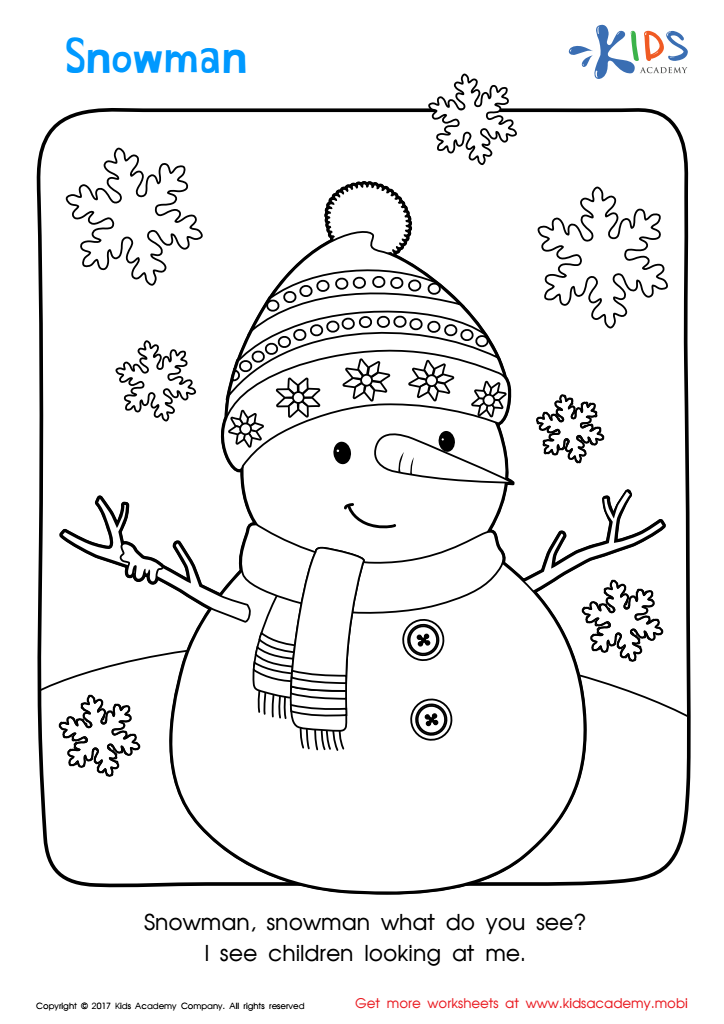

Christmas: Snowman Printable
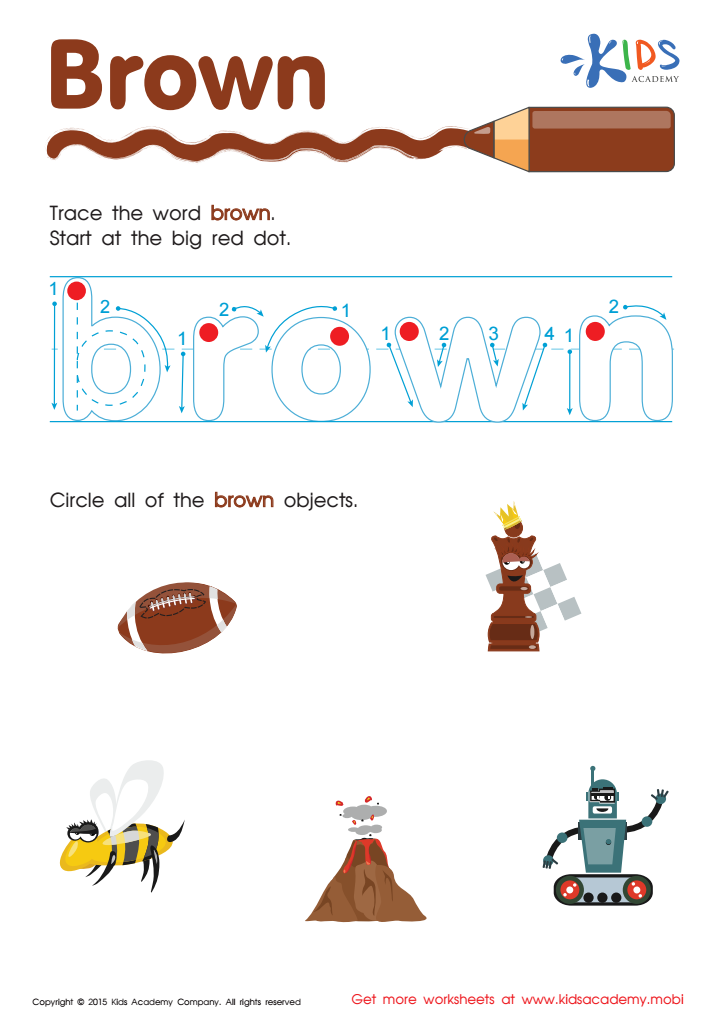

Brown Tracing Color Words Worksheet
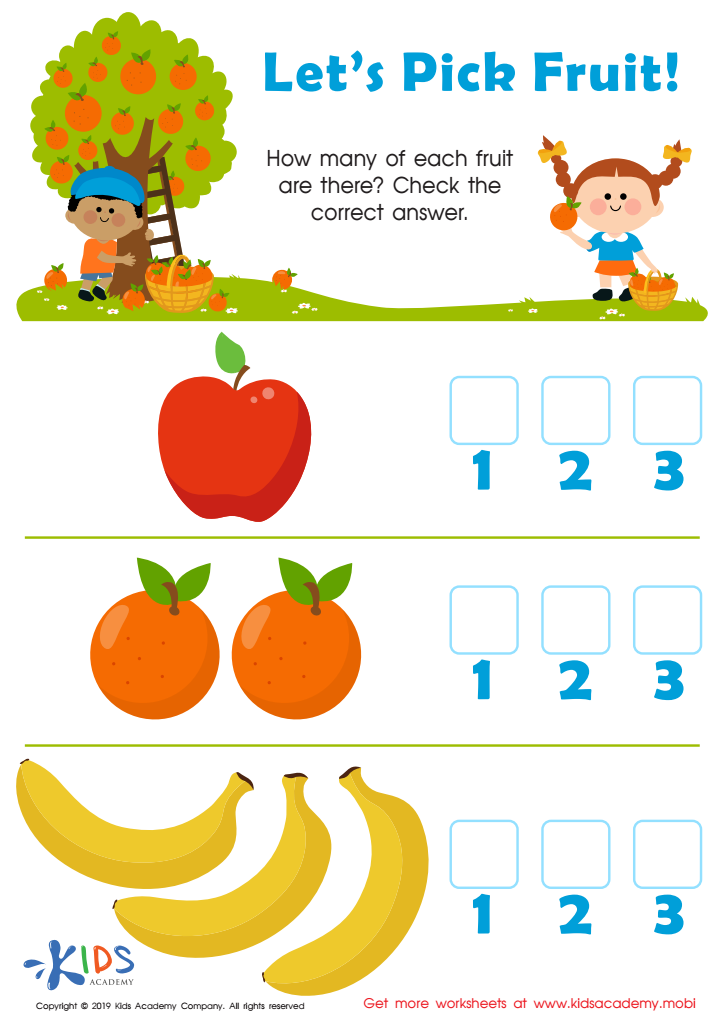

Let's Pick Fruit Worksheet
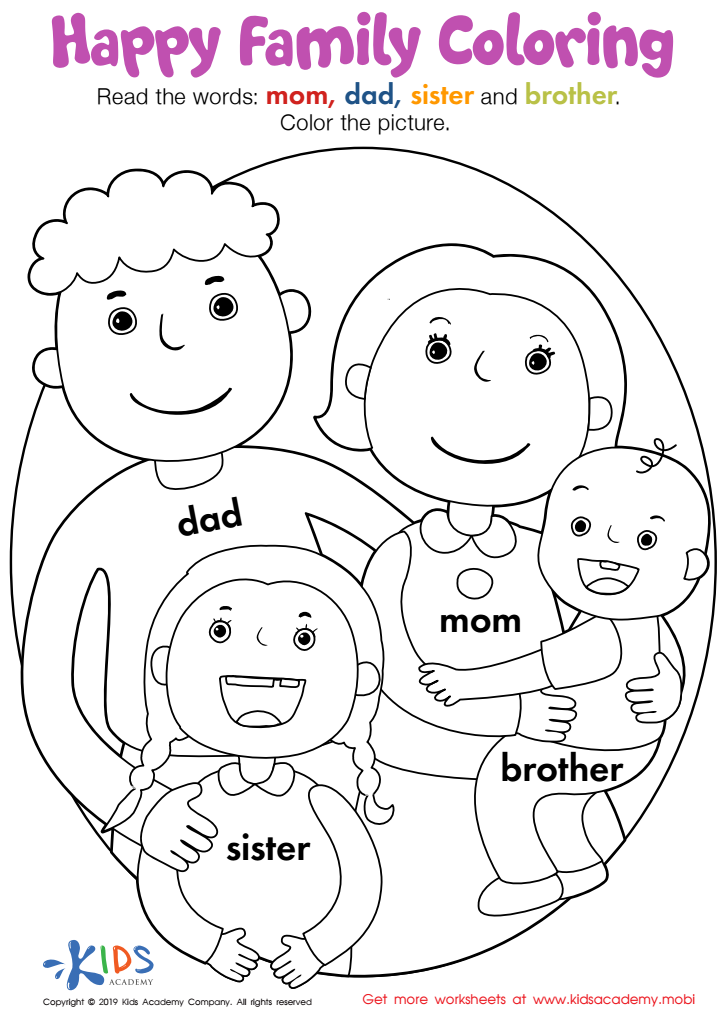

Happy Family Coloring Worksheet


Three Little Piggies Printable Coloring Page
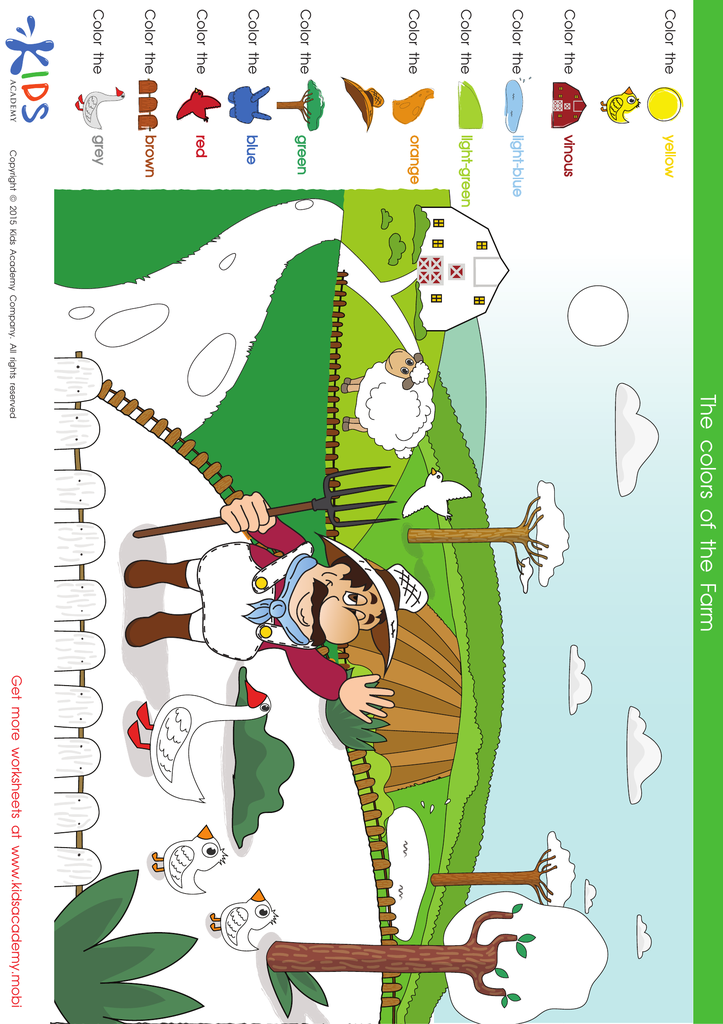

Color the Farmer and His Geese Coloring Pages
Color recognition is an essential skill for 6-year-olds that impacts their cognitive and social development. At this age, children are building foundational skills in literacy and numeracy, and understanding colors plays a significant role in this learning. Recognizing colors helps children categorize and sort objects, which enhances their problem-solving skills and critical thinking.
Furthermore, color recognition supports speech development. As children learn to identify and name colors, they also expand their vocabulary and improve their ability to express themselves. This foundational skill is often integrated into various subjects, from art to math, enabling children to connect concepts across different learning areas.
Additionally, color recognition fosters social interactions. Many games, activities, and everyday conversations revolve around colors. Children who can identify and discuss colors often find it easier to engage with peers and participate in group activities, promoting socialization and teamwork.
Lastly, understanding colors can enhance creativity. Art and creative play often involve colors, enabling children to express their individuality and imagination. For parents and teachers, nurturing color recognition not only supports academic growth but also enriches the overall development of emotional and social skills in young learners.
 Assign to My Students
Assign to My Students





















